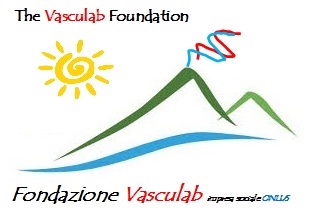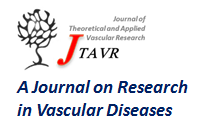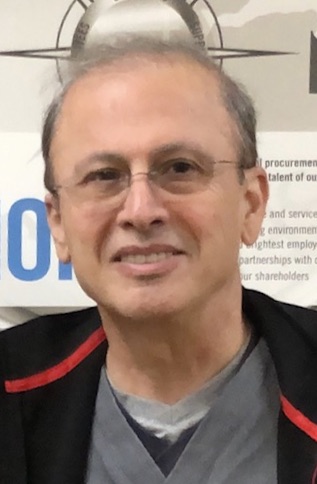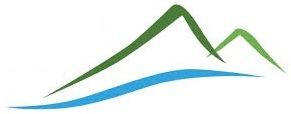DOI: 10.24019/issn.2532-0831
Online ISSN 2532-0831

Journal of Theoretical and Applied Vascular Research
Journal website: http://www.vasculab.eu/jtavr.xml
JTAVR 2018;3(2): 95-100

Foam Washout Sclerotherapy, a single center experience

K Fattahi1
accepted Jul 15, 2020
EPub ahead of Print: Aug 12, 2020
Published: Aug 25, 2020
Abstract
Introduction: The author has designed and implemented a modified method of foam sclerotherapy (FS) over some years which he believes lowers the rate of complications of the procedure while maintaining efficacy of the procedure as assessed clinically and by duplex ultrasound. This modified technique is termed Foam Washout Sclerotherapy (FWS) and involves the removal of the injected foam from a point distal to its administration level. This article compares the success rate and the rate of complications between FWS and FS of varicose veins. All procedures have been performed by the author over a period of 4 years. The basic principle of FWS is to inject a certain volume of a detergent-based foamed medication at the proximal part of the targeted vein and removing the injected foam from the same vein via a distally placed IV catheter within 5-10 seconds. The primary end point of the study was limited only to the comparison of the closure rate of treated vein segments (success rate) and complication rates.
Materials and Methods: A retrospective review of FWS and FS cases performed between late 2008 to late 2012 was carried out. The review included only the cases that had regular follow-ups for one year consisting of 823 sclerotherapy treatments (292 in FS group and 531 in FWS group) among 657 patients. Studied veins were great saphenous (GSV), small saphenous (SSV), and anterior accessory saphenous vein (AASV) varicosities. Follow up included a phone call in 24 hours, re-exam and ultrasound studies in 2 months, 6 months, and 12 months. Most patients had additional follow up in 2-3 weeks at which time physical examination & ultrasound study was performed. Some patients received sclerotherapy of unsightly spider veins of legs at time of follow-up visits. For better visual understanding of the FWS technique a clip on YouTube.com is available:
https://www.youtube.com/watch?v=Usw9_d2uTvI&t=4s
Results: The cohort consisted of 823 incompetent veins in 657 patients. 505 patients were female and 152 were male. Mean age was 48.5 (23 - 76). Each case was followed for 12 months. Overall success rate of sclerotherapy in both the FS and FWS groups was similar at around 90% or above for different groups of veins treated. Overall complication rate was 20.2% in the FS group versus 6% in the FWS group.
Discussion: The author presents the results of a retrospective analysis of success and complication rates between the standard method of foam sclerotherapy (FS) of varicose veins, as practiced at his vein clinic, with a modified method named foam washout sclerotherapy (FWS) that he implemented for the first time in late 2008. The author presents that by removing the injected foam from the lumen of targeted varicosity, complication rate is lowered while success rate is identical in both methods.
Conclusion: The author suggests that the modified technique of FWS in the treatment of lower extremity varicose veins is associated with fewer complications compared to FS, is equally as effective as FS and in the future FWS may replace the current FS technique for chemical ablation of some cases of varicose veins of legs.
since Aug 12, 2020
 - DOI: 10.24019/jtavr.82 - Corresponding author: Dr. Khalil Fattahi, EMail kfparsi@gmail.com
- DOI: 10.24019/jtavr.82 - Corresponding author: Dr. Khalil Fattahi, EMail kfparsi@gmail.comCitation style: Fattahi K. Foam Washout Sclerotherapy, a single center experience. JTAVR 2018;3(2): 95-100. https://doi.org/10.24019/jtavr.82
 © 2018 Fondazione Vasculab impresa sociale ONLUS. All rights reserved.
© 2018 Fondazione Vasculab impresa sociale ONLUS. All rights reserved.